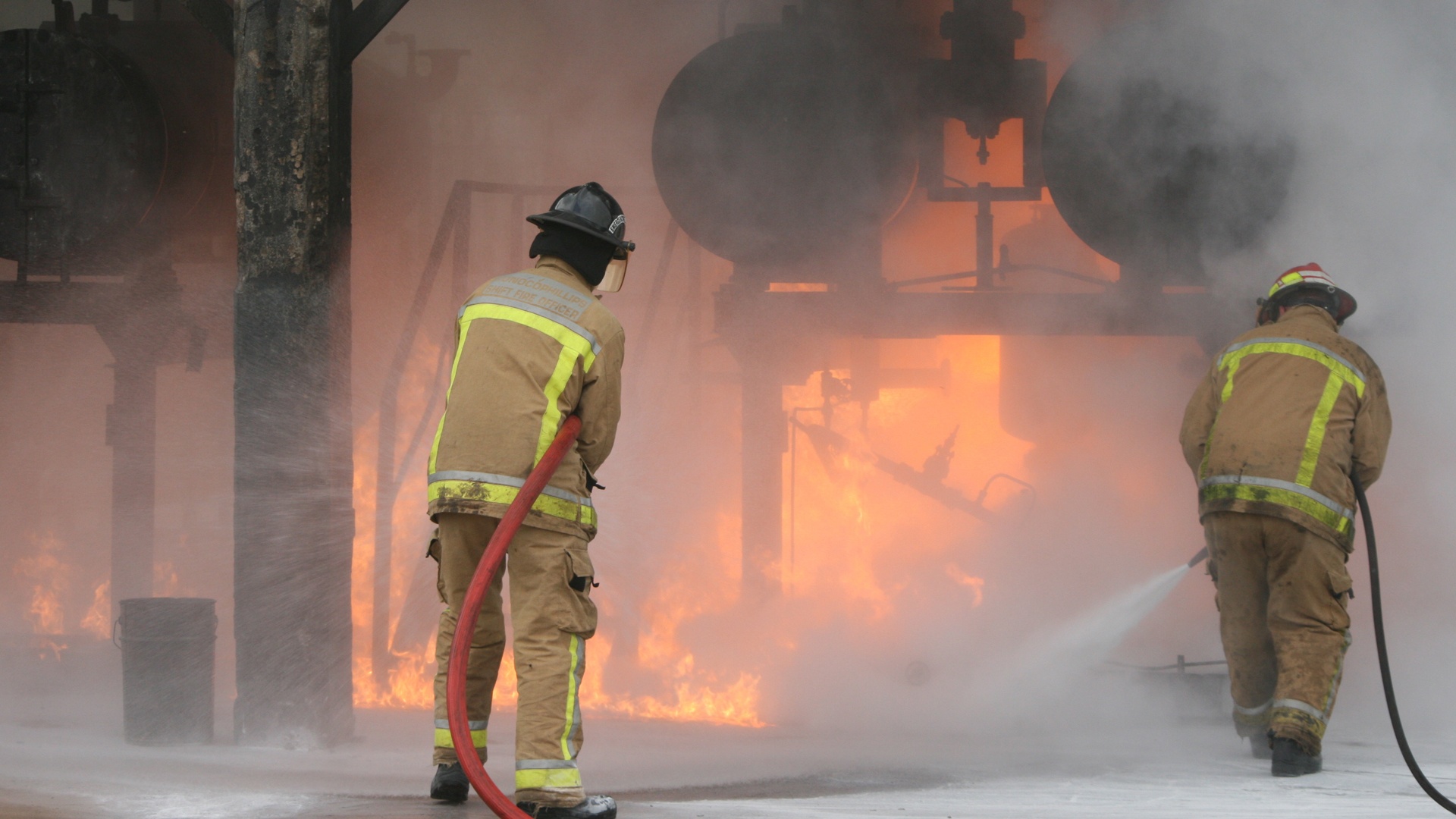When Poor Air Quality Kills: Preventing Dust Explosions
By Trevor Kendall

But these explosions are almost entirely preventable. Here’s what manufacturers can do to reduce the risks.
Know Your Dust: How Combustible Is It?
Almost all dusts have some degree of explosive potential under the right conditions, but some are much more combustible than others. The combustion potential of a dust is measured using two metrics. One is the “deflagration index,” also known as the Kst value. This is a measure of the maximum rate of pressure rise that could be produced by the dust. The second is the Pmax value, or the maximum pressure that could be produced by a dust cloud explosion. Together, these values determine how much energy will be released in an explosion and how fast it will be released.
The higher the Kst and Pmax values, the greater the potential for damage in the case of an explosion. Kst depends not only on the type of dust (e.g., metal, wood, food starch), but also on other variables such as particle size and moisture level. Smaller particles are more explosive than larger particles. Metalworking dusts, sugar and food starches are all highly combustible, while other dusts may be less so.
Online resources from the Occupational Health and Safety Administration (OSHA) and the National Fire Prevention Association (NFPA), among others, will provide a general idea of the combustibility of different kinds of dusts. Because of the variables involved, it is best to have your dust professionally tested to determine the exact Kst and Pmax values.
Keep Concentrations of Airborne Combustible Dusts to a Minimum
To fuel an explosion, dust must be mixed with oxygen in the right ratios. Dust settled on surfaces or collected in a containment bin will not have enough oxygen in between particles to fuel combustion. In the air, however, dust and oxygen can mingle freely, providing the necessary ingredients for an explosion.
To prevent an explosion from happening, it is important to keep dust concentration levels below the “lower explosion limit” for the dust. This is the concentration level at which particles are packed close enough together to sustain a reaction; when concentrations are below this level, no explosion will occur. The lower explosion limit is dependent on the Kst value of the dust.
When working with combustible dusts, effective dust collection is critical. This could mean a source capture solution, a whole-facility ambient filtration solution, or a hybrid system that combines both approaches. Testing should be conducted after the system is installed to ensure that dust concentration levels are low enough to prevent an explosion.
Conduct a Combustible Dust Process Hazard Analysis
In addition to dust collection, manufacturers may want to look at other changes they can make in facility layout, manufacturing processes or materials selection to reduce the potential risks. These may include:
- Replacing a highly combustible material with a less combustible material.
- Changing a cutting or grinding process so the dust produced is courser and less explosive.
- Making changes to facility layout to make dust easier to collect and prevent buildup of dusts in contained areas to explosive levels.
- Making changes in equipment design or manufacturing processes to eliminate potential ignition sources.
Make Sure Your Dust Collector Meets NFPA Standards for Combustible Dusts
When selecting a dust collector that will be used with potentially combustible dusts, make sure it complies with NFPA standards. These dust collectors have special features that reduce the potential for damage to the collector and the surrounding facility if an explosion should occur inside the collector. These include:
- Explosion vents that will blow out and safely release excess pressure building up inside the machine. Make sure they are positioned to direct pressure away from people and structures.
- Isolation valves to prevent pressure waves from going back through the ductwork into the facility. They should be positioned in the ductwork between the dust collector and the building or enclosure.
- An airlock to prevent oxygen from reaching dust contained in the collection bin or hipper.
Taking these steps will help companies substantially reduce the risks of a dust explosion in their facilities. Every manufacturer has a responsibility to put safety first when it comes to combustible dusts.
Contact Us With Your Questions!
SUBSCRIBE TO
BLOG UPDATES









